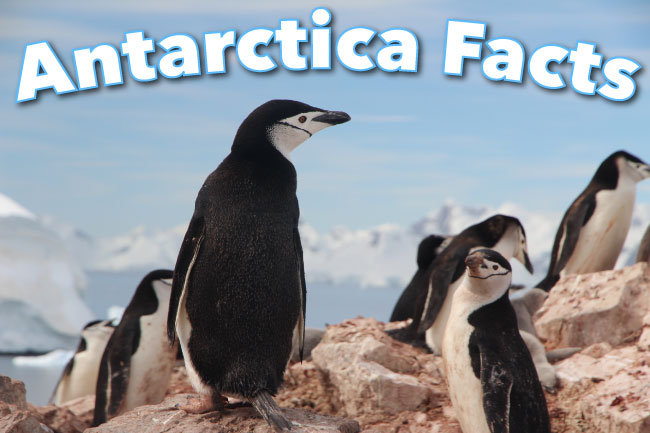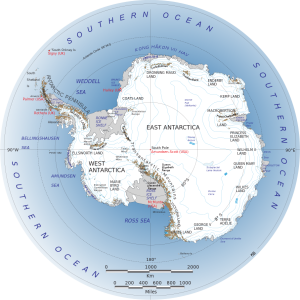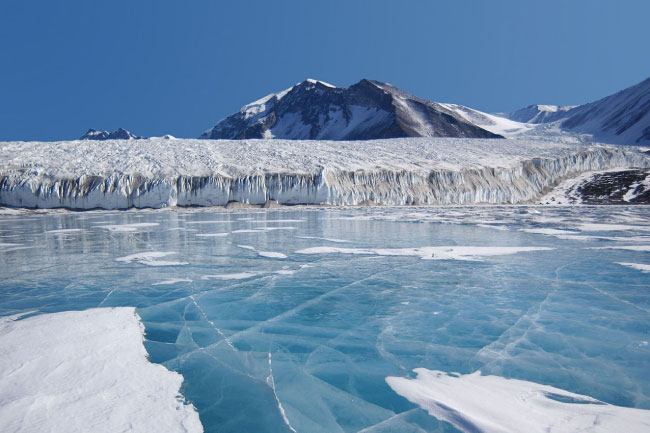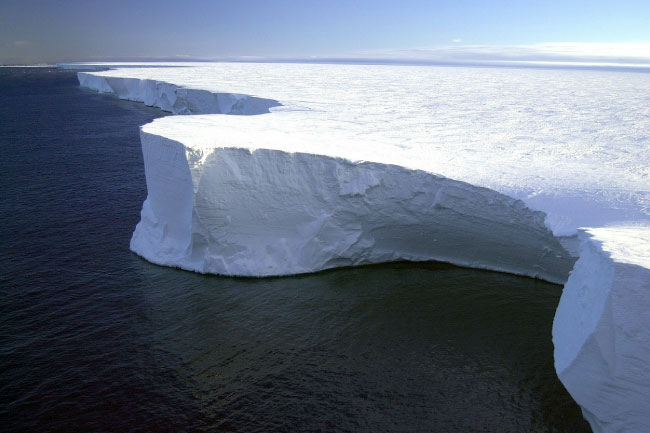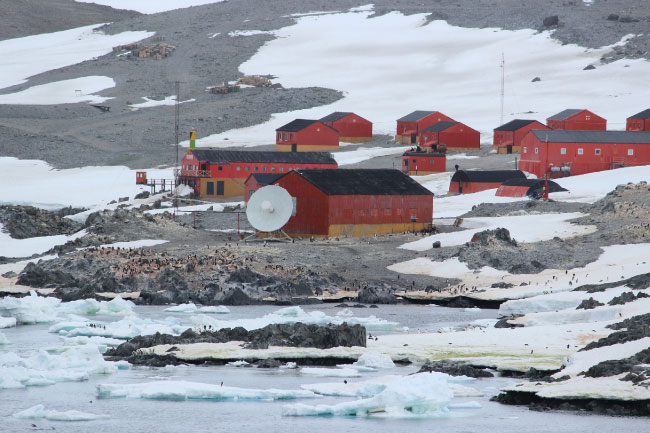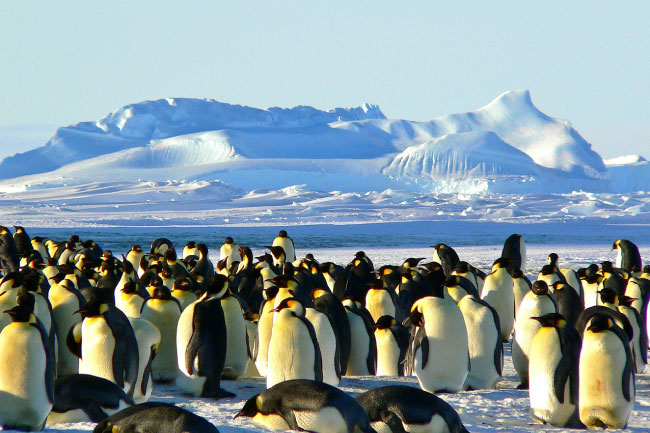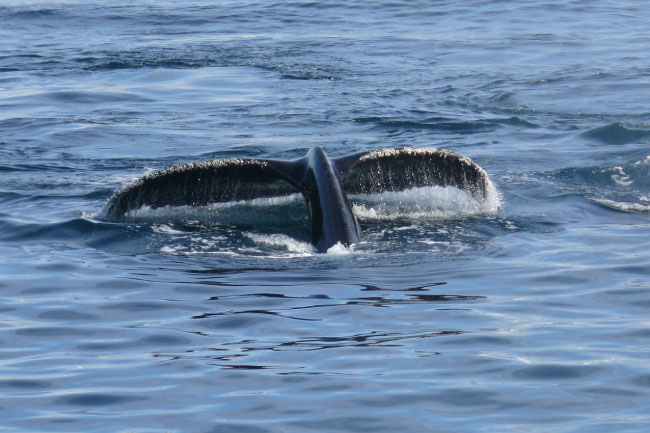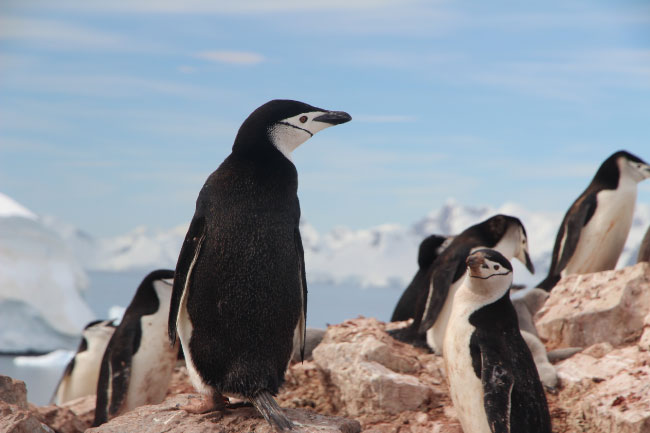In Antarctica Facts For Kids, we’ll be exploring the vast frozen continent of Antarctica. We’ll find out about its location, its climate, its animals and plants, and how it was discovered.
Discover interesting facts about Antarctica by looking out for the blue text!
Antarctica Facts For Kids (& Adults!)
A Complete Guide To Antarctica
On this page you'll find a complete guide to Antarctica. You can also check out the pages below for even more Antarctica facts & information!
- Antarctica Population
- Is Antarctica A Country?
- Is Antarctica A Desert?
- Antarctic Penguins
- Antarctic Seals
- Antarctic Whales
- Are Penguins Birds?
What Is Antarctica?
- Antarctica is a continent (the 5th largest)
- The South Pole is located in Antarctica
- Antarctica is surrounded by the Southern Ocean
Antarctica is an ice-covered continent that covers the southernmost part of the world. The South Pole is located in Antarctica. Antarctica is surrounded by the Southern Ocean.
Where Is Antarctica?
If you were to sail due south from either Chile, South Africa, Australia or New Zealand, you'd get to Antarctica! In fact, because the South Pole is in Antarctica, by flying south from anywhere in the world you’d eventually reach the continent.
Antarctica is at the 'bottom' of most globes.
- Most – but not all – of Antarctica is located within the Antarctic Circle.
Almost all of Antarctica is located within the Antarctic Circle, an imaginary line that circles the southern part of the world.
The latitude of the Antarctic Circle is approximately 66.5° South. Its exact latitude changes over time. As of February 2016, it is 66°33′46.1″.
Latitude is a way of measuring how far north or south a point on the globe is. The South Pole has a latitude of 90° South, the Equator a latitude of 0°, and the North Pole of 90° North. Latitude is the angle from the Equator, measured from the centre of the earth.
Antarctica Geography
Click on the map below to see a larger image:
Antarctica is divided into three main parts. East Antarctica is the biggest part. It is separated from West Antarctica by a mountain range called the Transantarctic Mountains.
Projecting from West Antarctica is the Antarctic Peninsula, the northernmost part of Antarctica. From the tip of the Antarctic Peninsula, South America is around 621 miles (1,000 km) away.
The South Pole is in East Antarctica.
Click on the map of Antarctica above to explore the continent. (Map provided by NASA's LIMA Project.)
Day Lengths On Antarctica
- During the winter months at the South Pole, the sun doesn’t rise above the horizon. In summer, the sun doesn’t set for several months!
Within the Antarctic Circle, there are periods of the year during which the sun doesn’t rise for at least 24 hours, and during which the sun doesn’t set for at least 24 hours. (In fact, this is how the location of the Antarctic Circle is defined, rather than having a fixed, physical location.)
As you approach the South Pole, the periods during the winter in which the sun doesn’t rise – and in the summer in which the sun doesn’t set – get increasingly longer.
At the South Pole itself, the sun only rises once a year, and only sets once a year!
Antarctica Vs Antarctic
The world Antarctica refers to the continent of Antarctica. The word Antarctic is used to describe the polar region that includes the continent of Antarctica, and also the seas and islands of the Southern Ocean that surround the continent.
Is There Land Under Antarctica?
- Unlike the North Pole, which is located on a frozen ocean, the South Pole is on land.
Although it's buried by thick ice, there is land under Antarctica. There is therefore land under the South Pole. The same can't be said of the North Pole, which is located on the frozen ice of the Arctic Ocean.
Antarctica Ice Sheet
- 98% of Antarctica is covered by a layer of ice which is over a mile deep.
98% of Antarctica is covered by a thick sheet of ice. The ice is, on average, around 1.2 miles (1.9 km) thick. In places, the ice can be 2.8 miles (4.5 km) thick.
The ice sheet is continually moving, forming glaciers and huge ice shelves that float on the sea.
If the Antarctic ice sheet were to melt, then the world’s sea level would be raised by 60 m (200 ft.)
- Antarctica is a very good place to study meteorites. They are easy to find against the white snow and ice. The ice also keeps them well preserved.
Antarctica Video
The video below gives you a good idea of what Antarctica is like.
How Big Is Antarctica?
- Antarctica is the 5th largest continent. It covers around 14 million square kilometres.
Antarctica covers an area of 14 million square kilometres (5.4 million square miles). It is the 5th largest continent after Asia, Africa, North America, and South America. (The two continents that are smaller that Antarctica are Europe and Australia.)
Antarctica is almost twice the size of Australia, about 1.3 times the size of Europe, and just less than one and a half times the size of the USA.
Antarctica’s coastline is 17,968 km (11,158 miles) long.
Antarctica Climate
- Antarctica is the coldest, driest, and windiest continent on Earth.
Antarctica’s climate is harsh and unforgiving. It is cold, dry, and frequently swept with hurricane force winds.
- The average temperature in the interior of Antarctica is between -67 and -76 °F (-55 and -60 °C).
Antarctica is the earth’s coldest continent. The average temperature in the interior of Antarctica is between -67 and -76 °F (-55 and -60 °C). The average temperature for the coldest part of the year is −81 °F (−63 °C).
- The lowest temperature ever recorded (−129.3 °F / −89.6 °C), occurred in Antarctica.
There is very little precipitation on Antarctica. In the interior, it falls as snow, and averages 2 inches (50 mm) per year. More rain falls on the Sahara desert that snow on the Antarctic interior.
- Antarctica has very little snow or rain, and is classed as a desert.
The climate is slightly milder on the coast and on the Antarctic Peninsula. At the coast, temperatures rise above freezing during the warmest summer month. There is more precipitation – some of which falls as rain in the summer – away from the interior. Antarctic coasts receive an annual rainfoall of around 8 in (200 mm).
- The snow that does fall on Antarctica settles on the ice, and frequently causes blizzards when blown by the strong winds.
The video below shows what a storm in Antarctica looks like.
Is Antarctica a country?
- Antarctica is not a country, and is not owned by any country. However, several countries have made claims to parts of Antarctica.
Antarctica is not a country, and doesn’t have a government. Various countries have claimed parts of Antarctica, but these claims aren’t always recognised by other countries.
- Antarctica is protected by a treaty which prevents military and mining activities on the continent.
In 1959, 12 countries signed the ‘Antarctic Treaty’ that prevented countries from claiming parts of Antarctica. The twelve countries were: Argentina, Australia, Belgium, Chile, France, Japan, New Zealand, Norway, South Africa, the Soviet Union, the United Kingdom and the United States. Forty-one countries have since signed the treaty.
The treaty also ensured that Antarctica could only be used for scientific purposes. No military activity is allowed on Antarctica, and mining, nuclear explosions and nuclear waste disposal are also banned.
Since 1994, no non-native species (other than humans!) are allowed on Antarctica.
- You can read more about this subject here: Is Antarctica A Country.
Do People Live On Antarctica?
Most of the people who live on Antarctica are scientists and support staff. In the summer, only 5,000 people live on the continent. Only around 1,000 people remain during the winter.
Antarctica has no indigenous peoples.
Who Discovered Antarctica?
British naval captain James Cook and his crew were the first people to enter the Antarctic circle. However, although they sailed within 150 miles of Antarctica, they were still too far away to actually see the continent.
The first time anyone laid eyes on Antarctica was in 1820, when several expeditions set out to the continent. One was led by Russian explorers Fabian Gottlieb von Bellingshausen and Mikhail Lazarev, and another by English naval officer Edward Bransfield.
Antarctica Animals
- Antarctica’s inhospitable climate means that it has low biodiversity.
Antarctica is an inhospitable place, and has low biodiversity (i.e. not many different species live here). Life can only exist in milder coastal areas and on the Antarctic Peninsula.
- No fully terrestrial mammals live on Antarctica.
There are no terrestrial mammals on Antarctica. Several species of seal, including the Elephant Seal and Antarctic Fur Seal, are found on the Antarctic coast.
Whales also inhabit the Southern Ocean. Species known to pass close to Antarctica include the Blue whale, Fin whale, Humpback whale and Sperm whale.
There are no reptiles or amphibians on Antarctica.
Several small invertebrates (animals without backbones) live on Antarctica. These include mites (tiny crustaceans), springtails (small, insect-like creatures), midges and other insects. Other Antarctic invertebrates include nematodes (tiny worms) and rotifers (microscopic animals).
- You can read about life on Antarctica here: Antarctic Animals List.
- Find out about seals in Antarctica here: Antarctic Seals.
Antarctic Penguins
- Five species of penguin breed on the continent, and several others live on nearby islands.
Antarctica’s most famous inhabitants are its penguins. Five species breed on Antartica itself: the Chinstrap Penguin, Adelie Penguin, Emperor Penguin, Gentoo Penguin and Macaroni Penguin. Other species breed on the surrounding islands.
In spring, around 100 million birds, including gulls, petrels, sheathbills and terns, nest on the coasts of Antarctica and the surrounding islands.
- Find out more about penguins in Antarctica here: Antarctic Penguins.
Antarctica Plants
- Most of Antarctica’s plants are mosses and lichens. Most plants are found on the Antarctica Peninsula – a narrow arm of land that stretches out towards South America.
Most of Antarctica’s plants are found on the Antarctic Peninsula. Some mosses and lichens are found further inland. The only two flowering plants found on Antarctica are the Antarctic Hairgrass and the Antarctic Pearlwort.
Antarctica Facts For Kids Conclusion
We hope that you have enjoyed this quick introduction to one of the world’s most amazing places. Now that you know all about Antarctica, why not take a trip to the opposite side of the world and learn some amazing Arctic Facts?
If you enjoyed reading this article please be sure to give it a mention on social media, and tell your friends to visit!
You can also sign up to our email newsletter and discover more about our amazing world and the living things that call it home!

